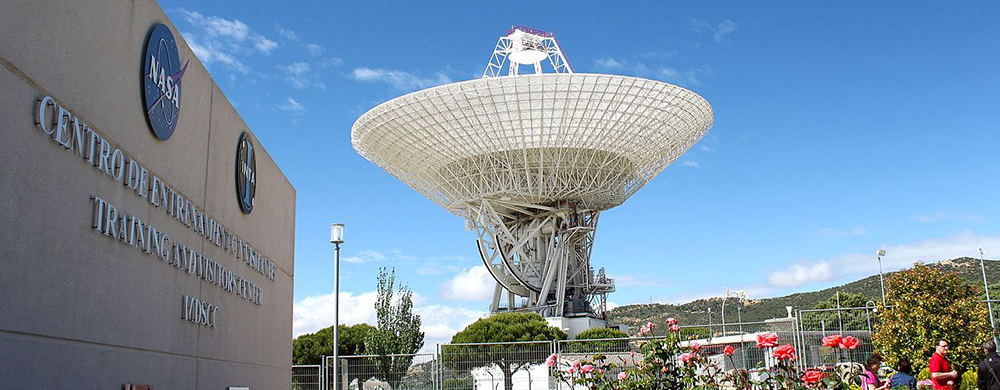Deep Space Network (DSN) (1965)
Near Space Network (NSN) Direct-To-Earth Services (NSN DTE)
- Launch.
- Return Transit
- The Near Space Network’s Launch Communications Segment (LCS) includes three ground stations along Florida’s coast to meet the specific needs of the SLS rocket and will provide links to both Orion and SLS during prelaunch and launch for Artemis I. Specifically, the first two stations along the rocket’s flight path will provide uplink and downlink communications between the rocket and mission controllers. In the final phases of ascent, the third station will downlink high-rate telemetry and video from SLS while Orion connects to communications relay satellites. The Near Space Network’s navigation services extend to Orion’s journey from low-Earth orbit to the Moon and back through ground stations in Santiago, Chile, and Hartebeesthoek, South Africa.
Near Space Network Tracking and Data Relay Satellite (NSN TDRS)
- Launch
- Low-Earth Orbit
- ICPS Separation
- Handover to DSN
- Return Trajectory Burn
- Re-entry
- The Near Space Network also provides services to Artemis I through NASA’s Tracking and Data Relay Satellite (TDRS) constellation, which can provide near-continuous communications services. Located about 22,000 miles above Earth, TDRS relay data from spacecraft at lower altitudes to ground antennas during launch and low-Earth orbit phases of the Artemis I mission. TDRS will continue service until Orion and ICPS leave its coverage volume, when NASA’s Deep Space Network takes over, and then again on Orion’s return to Earth, from the final return trajectory correction burn through splashdown.
Deep Space Network (DSN)
- Journey to the Moon
- Distant Tetrograde Orbit
- Return Transit
- Return Trajectory Correction Burn
- The Deep Space Network (DSN) will handle communications beyond low-Earth orbit. Additionally, the network will facilitate communications during the deployment of CubeSats that will fly as secondary payloads on Artemis I with their own science and technology missions. The DSN consists of three facilities spaced equidistantly from each other )approximately 120 degrees apart in longitude’ around the world. These sites are at Goldstone, near Barstow, California; near Madrid, Spain; and near Canberra, Australia. The strategic placement of these sites permits constant communication with spacecraft as Earth rotates before a distant spacecraft sinks below the horizon at one DSN site, another site can pick up the signal and carry on communicating.
- The Near Space Network and Deep Space Network will work together to support navigation for Orion so that engineers can employ a technique called three-way Doppler tracking. Using this method (with two ground stations on Earth in contact with Orion simultaneously, one from each network) NASA can triangulate Orion’s location relative to the ground stations.
Footnote
- Sources: Aerospace dashboard, funkystuff.org
- Outgoing: NASA
- Keywords:

